6 Reasons Why I’m A Massive Muscle Car Fanboy
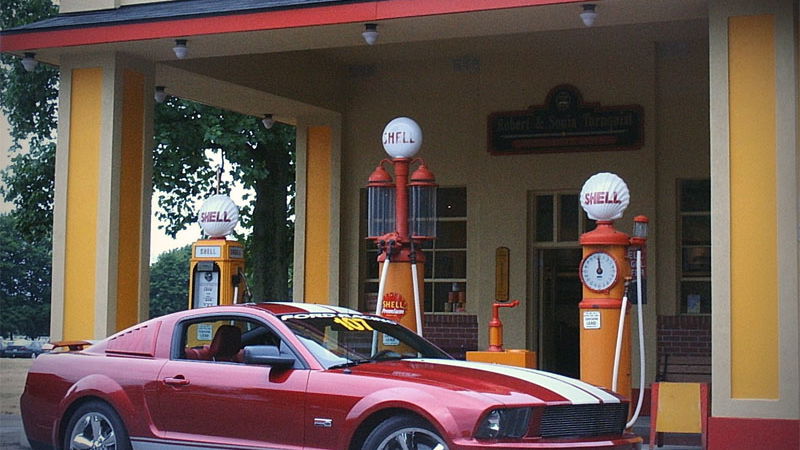
An inspiring American cartoon musical once sang, “without evil there can be no good, so it must be good to be evil sometimes.” The million-dollar question, then, is which is good: Muscle or JDM?
Or maybe the better question here is whether evil cars are the better ones?
In any case, I’m going to play the evil role by answering Darren Cassey’s list of reasons for his JDM fandom by countering with my own case for muscle. I guess that makes him Paul Walker and me Vin Diesel. Geez I better hit the gym, like pronto. By the way, sorry ‘bout your Porsche bro. Too soon?
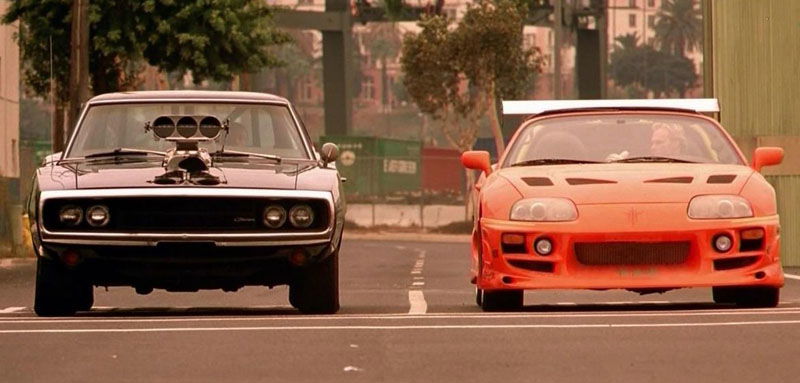
I kid - I cried at the end of FF7 just like all of you did. And Darren has all kinds of great points to support his JDM passion, especially with all things Japanese being a bit easier to come by across the pond as opposed to ‘Murica. Plus he busted out the Nissan Stagea which is my JDM kryptonite, so kudos to him for giving me a moment’s pause in whether or not to write this article.
And hey, there’s nothing wrong with Japanese cars. I have two of them in my garage, though to be fair, the Mazda 6 was built in Flat Rock, Michigan - incidentally the same place Ford builds a car called Mustang. The Infiniti, well, it’s a phase. It will serve gallantly for a South Dakota winter, and with TCS disabled it’s capable of a mildly amusing smoke show.
Which coincidently brings me to the very first point on why I’m a muscle fanboy:
1. Better burnouts
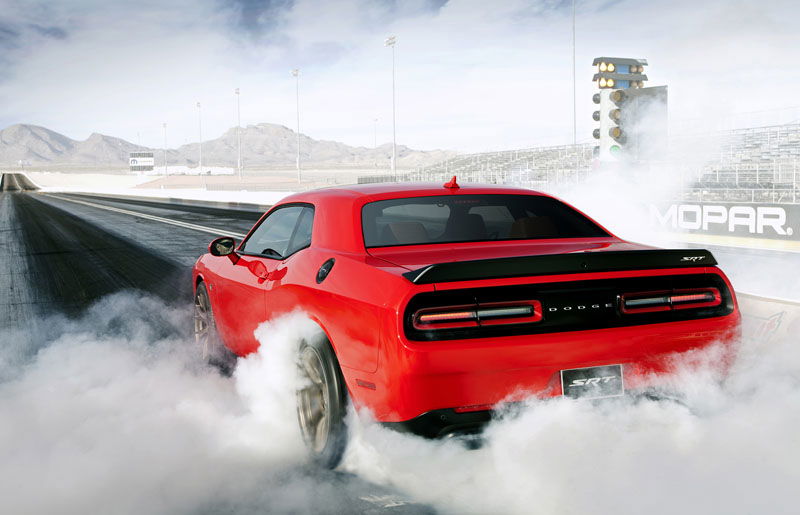
Enter all the RX-7 and Supra guys who will call me out on this point. Before you do, please note: I didn’t say they couldn’t do burnouts. I didn’t even say they couldn’t do big burnouts. I just prefer my burnouts to be accompanied by a baritone V8 at half throttle, because thanks to something called torque, half throttle is all it takes to kill tyres quickly. Even my weaksauce 1982 Crown Victoria with a 140bhp 5.0-litre V8 could smoke out a neighbourhood with ease. Turbo whistle is neat, but bouncing the rev limiter to burn rubber is just a tad juvenile for my tastes. Because there’s nothing juvenile about a smoke show.
2. V8 motor
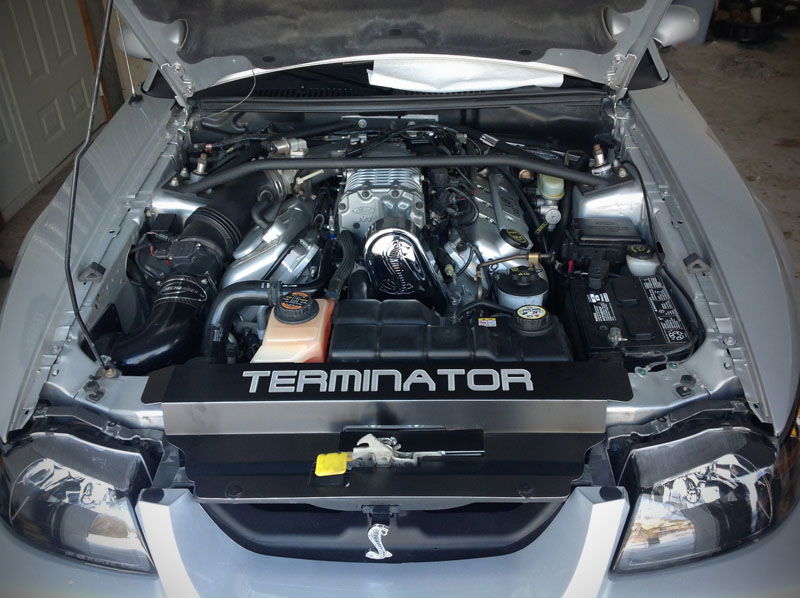
I’m not going to feed everyone the old “no replacement for displacement” song because of something called forced induction, which has proven to be a very effective alternative. Then again, add forced induction to a big V8 and it’s buh-bye to all the boosted four- and six-pots. Just ask all the guys making 600-plus horsepower to the wheels in their mildly modded, daily-driven late model Mustangs and Camaros.
Turning big horsepower from small displacement Japanese engines is impressive, but they have to run full out all the time to do it, whereas V8s - especially modern mills - can make the same power by working half as hard. Dollar for dollar, you won’t find a more reliable, more potent platform to work from than a V8.
3. Usable powerbands
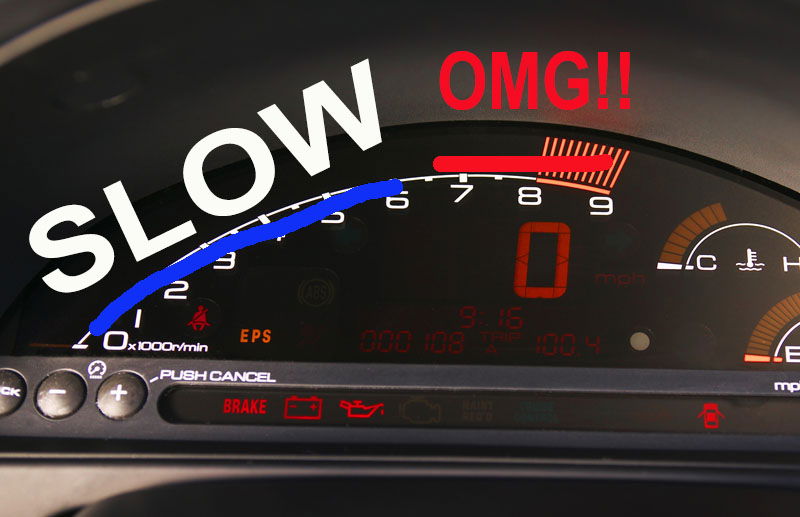
Revs versus displacement - in all fairness they’re both means to the same end - horsepower. You can either rev the heck out of a small engine to get there, or just build a big bonkers engine. On a racetrack, both styles are very competitive, but really, how many of us spend any appreciable time on a racetrack? For everyday commutes and naughty weekend antics, I find a car with a nice, broad powerband is far more enjoyable to drive than something that can only be appreciated at the limit. Making 20 billion horsepower at 20,000 revs really doesn’t mean much if the rest of the powerband is boringly average. I’ll take the big bonkers engine with instant torque and absurd horsepower at any speed.
4. It's all about variety
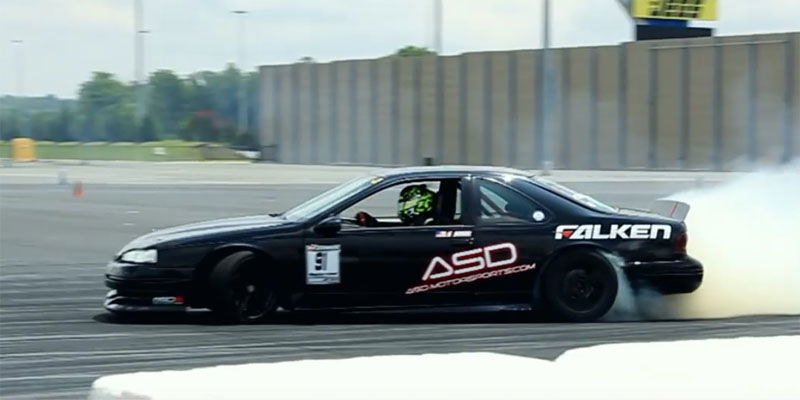
“Everybody drives muscle, I want to be different,” says the guy in the cookie cutter WRX with gold wheels, hanging out with his friend in the slammed Civic, both of which are just as common on Main Street USA as Mustangs or Camaros. But what if I said there’s more to muscle than simply Mustangs and Camaros?
Buy an old LT-1-powered Caprice cop car for $1500, invest $2000 in engine upgrades and have a 12-second cruise missile. Or buy a mid-1990s V8 Thunderbird and do a T-5 swap - you get four-wheel independent suspension in a good handling package that you can shift manually and drift with ease. If you want to be unique in America, trust me when I say variety in muscle is everywhere, and you could do it for less than the cost of your specially built JDM-spec B18C2JZRB26-HAL9000 engine.
5. Because SVT F-150 Lightning
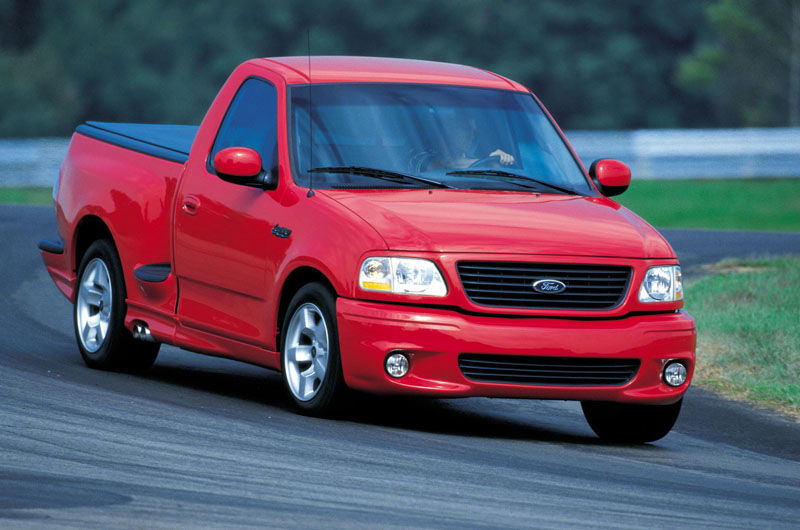
Darren almost turned me to the dark side (or the light?) when he posted the Nissan Stagea in his piece, but given a choice I’d take the Lightning. Like the Stagea it’s a multi-purpose performer, but not many people outside the States really understand just how good it is. Ford didn’t just bolt a supercharger to an F-150 and call it done. They took the lightest 2WD truck (4700 lbs, not far off from many performance cars of today), dialed in the suspension and kept the wheels a modest size so the truck actually handles quite well. Add in a power bump to 380bhp in 2001, and you have a dedicated performance muscle truck that can pull .9g on a skid pad and rip to 60mph in just over five seconds, and that’s if you leave it completely stock. This, while still having prolific cargo space and a 5000-pound towing capacity.
People love to make fun of NASCAR, but it was a driving force behind the original muscle car era that so many people love. To compete, cars and engines needed to be production-based so you can thank NASCAR for the Ford 427 cubic inch V8 engines that powered numerous Blue Oval cars of the era, not to mention the GT40s that kicked Ferrari out of Le Mans. The infamous Chrysler 426 Hemi? Yup, NASCAR. Same for Chevrolet’s 435bhp 427 V8 and another notorious Ford mill, the Boss 429.
Meanwhile, speed freaks were building monster quarter-mile drag cars with the same engines in the National Hot Rod Association (NHRA). Anyone who says going fast in a straight line is boring clearly hasn’t gone fast enough, because the NHRA is without question the quickest wheeled motorsport in the world. Aside from street-legal cars hitting 200mph in six seconds, it’s home to 10,000bhp, V8-powered top fuel dragsters going from 0-330mph in under four seconds. If you want to go faster, you’ll need jet engines and something sleek to run at the Bonneville Salt Flats. Sure, drifting is fun, but nothing short of a rocket launch to space can compare with a Top-Fueler running the quarter-mile.
Both motorsports influenced not just American manufacturers, but manufacturers all around the world. And it was all brought to you courtesy of American muscle. Planet Earth, you’re welcome.
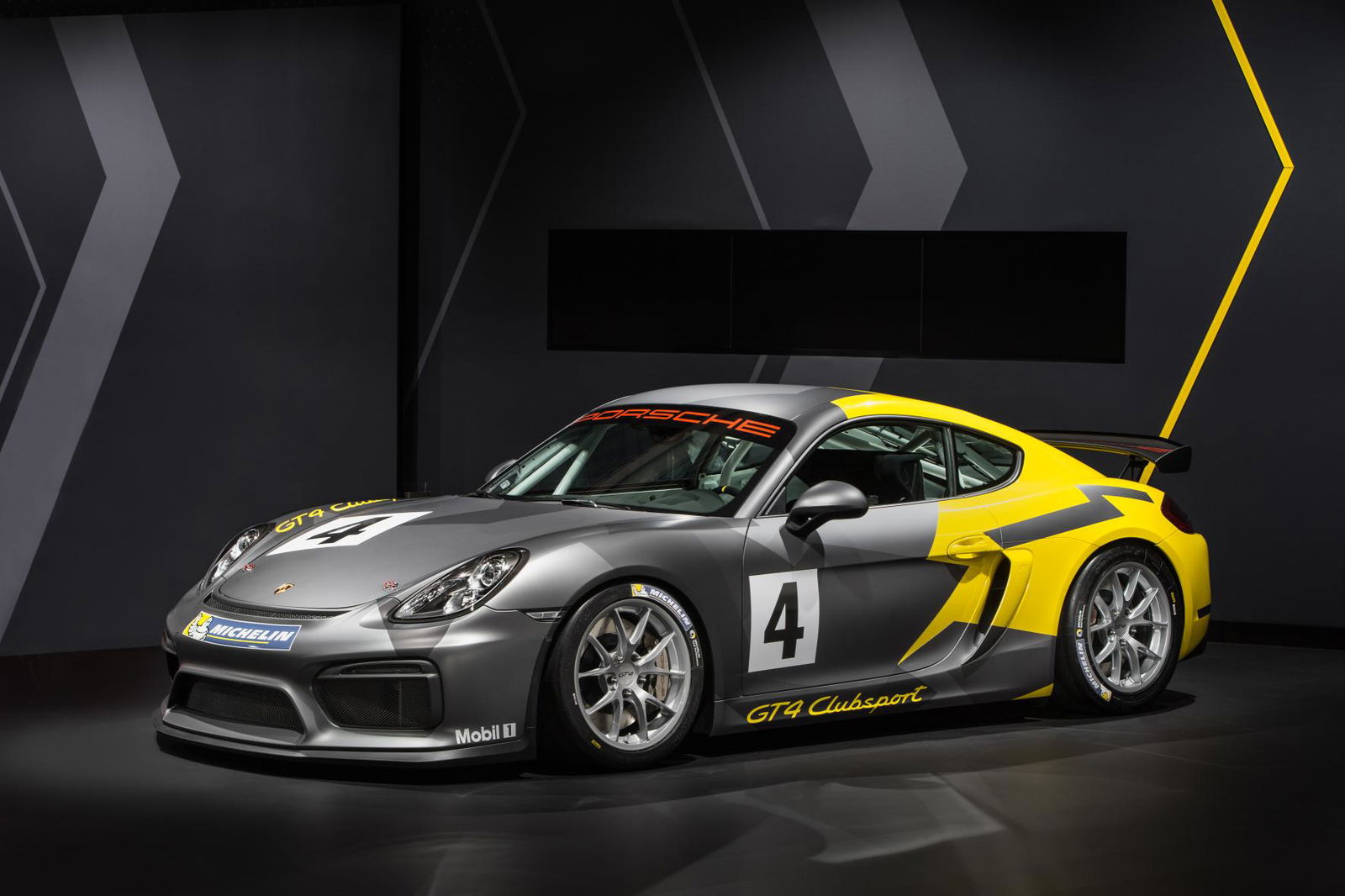

Comments